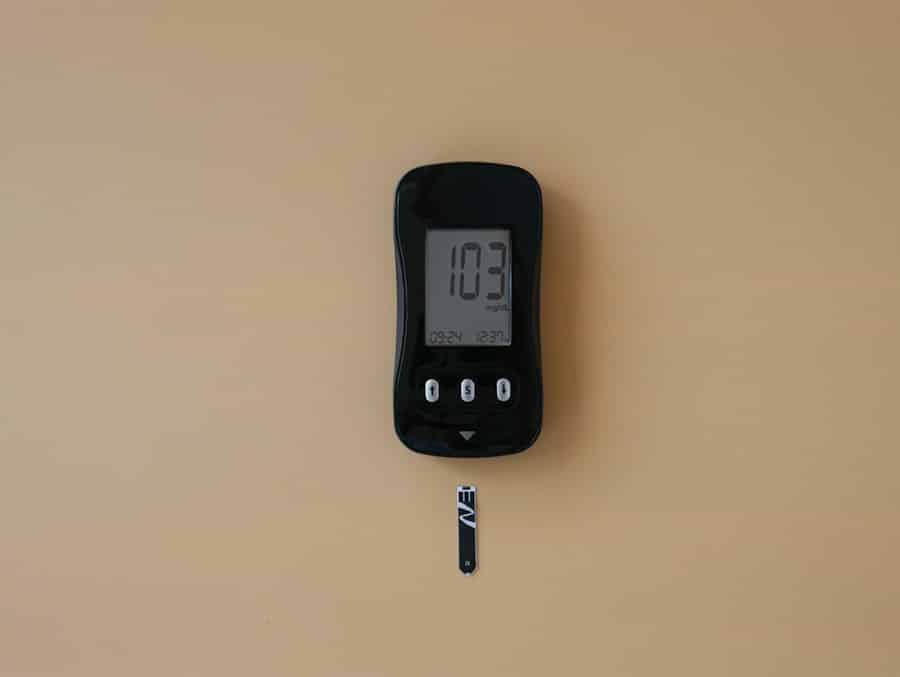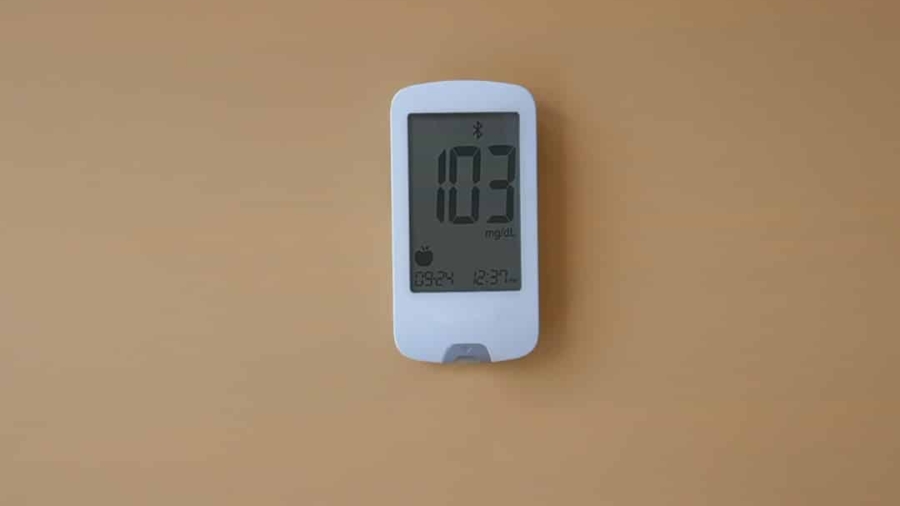The advent of smart appliances has revolutionized the way we interact with our homes and manage our daily tasks. These devices, equipped with advanced technology and connectivity features, allow users to control and monitor their household functions remotely, often through smartphones or voice-activated assistants. The integration of the Internet of Things (IoT) into everyday appliances has not only enhanced convenience but has also paved the way for more efficient energy consumption and resource management.
As consumers increasingly seek ways to simplify their lives while being mindful of their environmental impact, smart appliances have emerged as a compelling solution. Smart appliances encompass a wide range of devices, from refrigerators that can track food inventory to washing machines that optimize water usage based on load size. The underlying technology often includes sensors, machine learning algorithms, and connectivity options such as Wi-Fi or Bluetooth.
This interconnectedness allows for seamless communication between devices, enabling them to work together to create a more efficient home environment. As the market for smart appliances continues to grow, manufacturers are investing heavily in research and development to enhance functionality and user experience, making these devices more accessible and appealing to a broader audience.
Key Takeaways
- Smart appliances are revolutionizing the way we interact with our home appliances, offering convenience and efficiency.
- Energy monitoring and management features in smart appliances help users track and reduce their energy consumption, leading to cost savings and environmental benefits.
- Automation and remote control capabilities allow users to operate their appliances from anywhere, providing convenience and flexibility.
- Smart appliances enable efficient use of resources by optimizing usage patterns and reducing waste.
- Integration with renewable energy sources allows smart appliances to harness clean energy, contributing to a more sustainable lifestyle.
Energy Monitoring and Management
Real-Time Energy Monitoring
Many smart devices come equipped with energy monitoring features that provide real-time data on energy usage. For instance, smart thermostats can learn a household’s heating and cooling patterns, adjusting settings automatically to optimize energy efficiency. This not only reduces utility bills but also contributes to a lower carbon footprint.
Empowering Consumers to Make Informed Decisions
By providing users with insights into their energy consumption habits, these appliances empower consumers to make informed decisions about their energy use. Moreover, energy management systems can integrate with various smart appliances to create a cohesive approach to energy efficiency.
Maximizing Savings and Reducing Stress on the Grid
For example, a smart home hub can coordinate the operation of multiple devices, ensuring that high-energy appliances like dishwashers or dryers run during off-peak hours when electricity rates are lower. This level of automation not only maximizes savings but also alleviates stress on the electrical grid during peak demand times. As more households adopt these technologies, the cumulative effect on energy conservation can be substantial, leading to a more sustainable future.
Automation and Remote Control

The automation capabilities of smart appliances significantly enhance user convenience and efficiency. With the ability to control devices remotely via smartphone apps or voice commands, users can manage their home environment from virtually anywhere. For instance, a homeowner can preheat their oven while still at work or start a load of laundry from the grocery store.
This level of control not only saves time but also allows for better planning and organization of daily tasks. In addition to remote control, many smart appliances feature automation routines that can be customized based on user preferences. For example, a smart coffee maker can be programmed to brew coffee at a specific time each morning, ensuring that it is ready when the user wakes up.
Similarly, smart lighting systems can be set to adjust automatically based on the time of day or occupancy in a room. These automated features not only enhance convenience but also contribute to energy savings by ensuring that devices operate only when needed.
Efficient Use of Resources
Smart appliances are designed with resource efficiency in mind, utilizing advanced technologies to minimize waste and optimize performance. For example, smart dishwashers can adjust water usage based on the load size and soil level of the dishes, ensuring that each wash cycle uses only the necessary amount of water and energy. This targeted approach not only conserves resources but also enhances cleaning effectiveness.
Furthermore, many smart appliances are equipped with sensors that detect when maintenance is required, such as when a refrigerator’s filter needs replacing or when a washing machine requires cleaning. By alerting users to these needs proactively, smart appliances help maintain optimal performance and extend the lifespan of the devices. This focus on efficient resource use aligns with broader sustainability goals, encouraging consumers to adopt practices that reduce waste and promote environmental stewardship.
Integration with Renewable Energy Sources
As the world shifts towards renewable energy sources, smart appliances play a crucial role in facilitating this transition. Many modern smart devices are designed to integrate seamlessly with solar panels and other renewable energy systems. For instance, a smart home can be programmed to prioritize the use of solar energy for powering appliances during peak sunlight hours, reducing reliance on grid electricity and lowering overall energy costs.
Additionally, some smart appliances can store excess energy generated from renewable sources for later use. Smart batteries can capture surplus solar energy during the day and release it when needed, ensuring that households remain powered even during periods of low sunlight or high demand. This integration not only enhances energy independence but also supports the broader adoption of renewable technologies by making them more practical and accessible for everyday consumers.
Data Analysis and Insights

The data generated by smart appliances offers valuable insights into household behavior and energy consumption patterns. By analyzing this data, users can identify trends and make informed decisions about their energy use.
Moreover, manufacturers often leverage this data to improve appliance performance and user experience continually. By understanding how consumers interact with their products, companies can develop software updates or new features that enhance functionality and address common pain points. This feedback loop between users and manufacturers fosters innovation in the smart appliance sector, driving advancements that benefit both parties.
Consumer Behavior and Awareness
As awareness of environmental issues grows, consumer behavior is shifting towards more sustainable choices in home appliances. Many consumers are now actively seeking out smart appliances as part of their commitment to reducing their carbon footprint and conserving resources. This trend is reflected in market research indicating that eco-friendly features are increasingly influencing purchasing decisions.
Education plays a vital role in this shift; as consumers become more informed about the benefits of smart technology, they are more likely to invest in these products. Manufacturers are responding by highlighting energy efficiency ratings and sustainability features in their marketing efforts. Additionally, government incentives for energy-efficient appliances further encourage consumers to consider smart options when upgrading their home technology.
Future Trends and Innovations
The future of smart appliances is poised for exciting developments as technology continues to evolve. One notable trend is the increasing integration of artificial intelligence (AI) into household devices. AI-powered appliances will be able to learn user preferences more effectively over time, offering personalized recommendations for energy use or maintenance schedules based on individual habits.
Another emerging trend is the expansion of interoperability among different brands and devices within the smart home ecosystem. As consumers invest in multiple smart products from various manufacturers, seamless communication between these devices will become essential for maximizing efficiency and convenience. Industry standards are likely to emerge that facilitate this interoperability, allowing users to create customized automation routines that span across different brands.
Furthermore, advancements in machine learning will enable smarter predictive analytics within appliances. For instance, a washing machine could analyze past usage patterns to suggest optimal wash cycles based on fabric types and soil levels while minimizing water and energy consumption. As these innovations unfold, they will further enhance the appeal of smart appliances, making them an integral part of modern living spaces.
In conclusion, the evolution of smart appliances represents a significant leap forward in how we manage our homes and resources. With their ability to monitor energy use, automate tasks, and integrate with renewable technologies, these devices are not just about convenience; they embody a commitment to sustainability and efficiency that resonates with today’s environmentally conscious consumers. As technology continues to advance, we can expect even greater innovations that will redefine our relationship with our living spaces in the years to come.
If you’re interested in exploring the latest technology trends, you may also want to check out this article on

